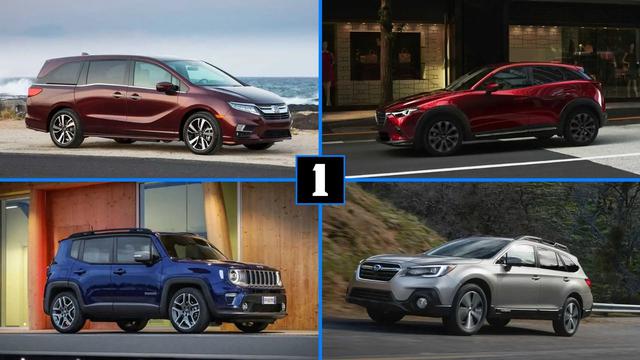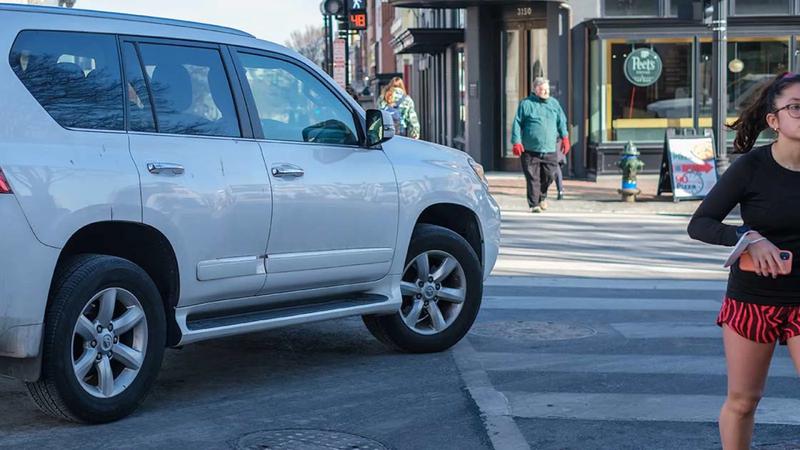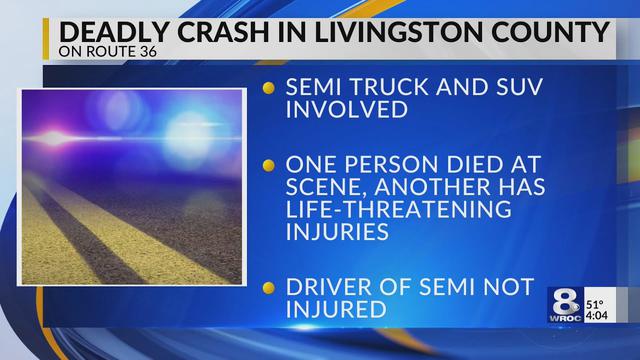If you’re in the market for a new car, you’ve probably already considered things such as styling, comfort, features and fuel economy. But if you haven’t considered auto insurance costs, you could be missing a big part of your vehicle’s total ownership costs.
When it comes to specific types of cars, there are a variety of factors that determine how much you’ll pay for car insurance. Below, we’ve outlined some of the most significant to assist you with your car buying research.
Sizing up Insurance Costs
When it comes to insuring a vehicle, size definitely matters. While many people think smaller cars offer more maneuverability and thus, a higher likelihood of accident avoidance, this is a misconception.
Statistics prove smaller, sportier cars are driven at higher rates of speed by younger, riskier drivers. Because they’re involved in more accidents, they’re more expensive to insure.
By that rationale, it stands to reason that larger vehicles such as SUVs would be less expensive to insure. However, a large SUV could drive up the cost of your liability premium — the premium that covers damage to other vehicles involved in accident — because of its potential to inflict a greater amount of damage on other cars.
If you’re looking to find cheap auto insurance, consider cars in the mid-size category, such as sedans, mid-size SUVs or minivans.
DID YOU KNOW? With State Farm, great coverage doesn’t have to cost more.(sponsored)
High-End Cars, Higher Premiums
A vehicle’s MSRP weighs heavily on the overall cost to insure it. For most insurance companies, the cost of the vehicle is the first and primary consideration when setting the price of the policy. And as a general rule, more expensive cars cost more to insure because of the increased costs associated with repairing them, replacing parts — especially on foreign brands — or replacing the vehicle in the event of a total loss.
It’s best to consider lower-priced autos if you’re looking for additional insurance savings.
Big Motors, Bigger Rates
Horsepower can directly impact the cost of your insurance. The more horsepower your vehicle has, the likelier you are to drive at faster speeds and as such, the higher the risk of an accident. Different trim levels with varying engine sizes, even among the same makes and models, can bring differences in insurance premiums based on engine size.

If you’re looking to save money on car insurance, opt for vehicles with less horsepower when you can.
Theft Increases Costs
It’s bad enough cars are stolen, but to add insult to injury, vehicles that are common targets among thieves usually carry higher insurance premiums than cars that aren’t. According to the Insurance Information Institute, roughly one third of a typical comprehensive auto insurance premium goes to pay for auto theft claims.
Thieves target certain cars over others for a variety of reasons, including the vehicle’s overall desirability and the demand for its parts.
Higher Insurance for Sports Cars
Thinking of buying a sports car? Be prepared to pay higher insurance premiums. Insurance companies know owners of sports cars go faster than the general driving population and as such, they’re at risk of having accidents more frequently — and more seriously — than drivers of minivans, for example. What’s more, sports cars are more likely to be stolen, especially those with convertible soft tops that offer easier entry.
In the eyes of insurers, sports cars are risky and with increased risk comes increased premiums.
Your Age, Your Driving Record
While this article discusses how specific types of vehicles influence insurance premiums, three non-vehicle-related factors can have a significant impact on how auto insurance companies set the price of your policy.
First, insurance for younger drivers is almost always more expensive than it is for older drivers. In the eyes of insurers, driving experience means a lot.
What’s more, if you’ve had accidents in the past, you’ll inevitably pay more for car insurance than drivers who haven’t, regardless of the type of car you drive. Many insurance companies put extra emphasis on driving records compared to factors such as MSRP or engine size, simply because people who have accident histories are considered a greater risk.
Where you live counts
Finally, your residence also plays a part in how much your insurance will cost. People living in urban areas where theft and accidents are more likely to occur will usually pay more in car insurance premiums than people who live in the suburbs or rural areas. Where you live also impacts your driving patterns. Commuting long distances to work, for example, puts your car on the road more often and for longer periods of time, increasing your chances of an accident.
It’s a good idea to do your homework before you buy your next vehicle. This process includes reviewing what kind of insurance policies are available and what your provider — potential or current — can offer you in the form of an auto insurance quote. Our article How Much, and What Kind, of Car Insurance You Need will help you with this research.
Keep in mind that when it comes to calculating your premium, automobile insurance providers look at the entire picture, including your age, your driving record and your residence, along with the size, price, horsepower, safety and theft probability of the car you drive. Talk to your agent or research information about the vehicle online, ahead of time, to determine how you and your vehicle fare in each of these categories.




